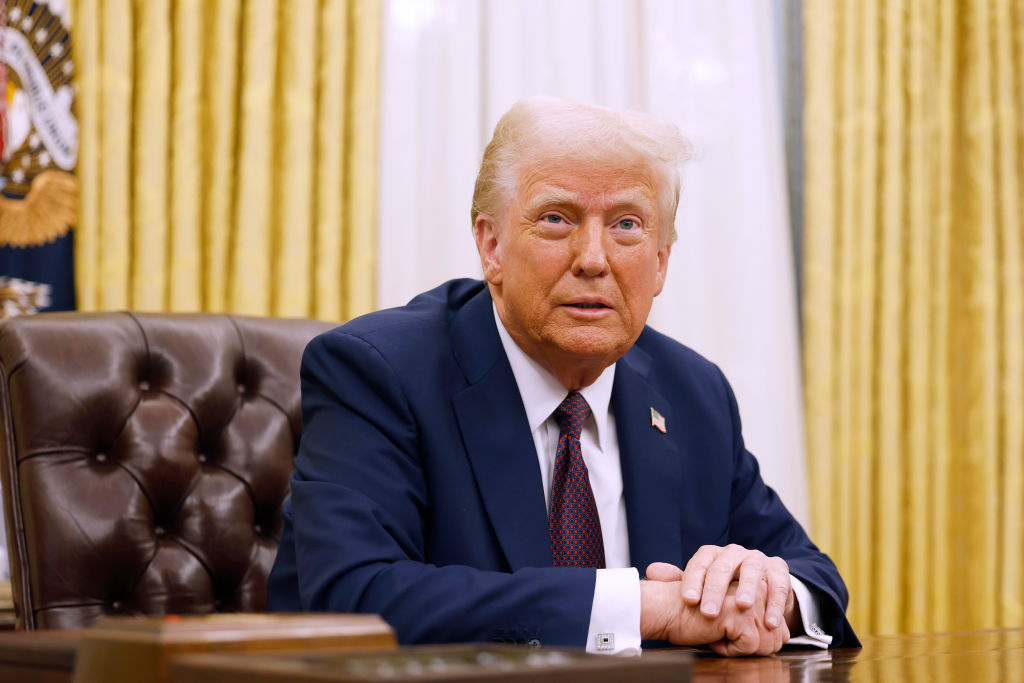U.S. and China: The End of Outsourcing?
Making it in America is looking more appealing to some firms.
After years of outsourcing and setting up factories in China, American companies have begun to reconsider the value of moving production abroad. It could be the start of a trend.
For most of the past five years, Americans’ No. 1 complaint about China has been the movement of U.S. jobs to that country. Lured by low wages, many U.S. firms have been outsourcing production to Chinese factories. Some have set up plants there to get a foothold in the Chinese market.
But the job drain from America may finally be peaking. Changing conditions are prompting some companies to rethink the economics of outsourcing to China. While some U.S. firms may move to other emerging-market countries, such as India or Vietnam, many are expected to expand their workforces in the U.S. instead.

Sign up for Kiplinger’s Free E-Newsletters
Profit and prosper with the best of expert advice on investing, taxes, retirement, personal finance and more - straight to your e-mail.
Profit and prosper with the best of expert advice - straight to your e-mail.
Harald Malmgren, a former top U.S. trade official and a keen observer of developments in Asia, offers numerous reasons for the shift. Wages in China’s coastal-area workforce are rising sharply. Inflation is accelerating. Higher fuel prices are pushing up shipping costs. Quality control still is erratic. Social unrest is on the rise.
China still is a difficult place to do business, especially if you’re worried about local firms stealing your technology. And China soon will face a shrinking workforce as the consequences of the government’s one-child policy begin to show.
At the same time, the nuclear mess in Japan is giving many business executives pause about the wisdom of relying on global supply chains, particularly when they involve a single country. The damage from the tsunami and the subsequent failure of the nuclear power plants in Fukushima have disrupted the production of components for hundreds of manufacturing companies worldwide.
Meanwhile, changes in the U.S. economy have made it increasingly attractive for American corporations to keep more production at home. Wages in the U.S. have been stagnant. The recession has made American workers more flexible, and more willing to give up some costly work rules and benefits. Productivity here is rising. Manufacturing is rebounding. And the value of the dollar has declined, making outsourcing -- and paying for Chinese labor -- more expensive.
The Boston Consulting Group issued a report last week that underscores the trend. With recent economic developments in the U.S. and China, American firms are “increasingly likely to get a good wage deal and substantial incentives in the U.S., so the cost advantage of China might not be large enough to bother,” says Harold Sirkin, a BCG partner. “And that’s before taking into account the added expense, time, and complexity of logistics.”
As Sirkin suggests, U.S. executives planning new factories in China should “take a hard look at the total costs.”
Several large U.S. companies already have brought some of their production back to the United States, including Caterpillar Inc., Ford Motor Co. and NCR Corp.
This assessment of China is not universal. Nicholas R. Lardy, a China specialist at the Peterson Institute for International Economics in Washington, points out that China’s economy is growing by about 9 percent a year. Although inflation is rising sharply, it’s concentrated primarily in food prices, which are likely to level off as farmers there step up production. While wages in urban areas are soaring, they’re being offset partly by large productivity gains. And the gap between U.S. and Chinese wage levels still is large.
Lardy also dismisses the notion that China’s aging population is likely to produce a serious worker shortage any time soon. And he points out that quality control in China has improved over the past few years, particularly for exports.
Even if the outsourcing movement is reversed, no one believes U.S.-Chinese relations will be trouble-free. Washington and Beijing are at loggerheads over a spate of serious issues, from China’s aggressive efforts to reduce America’s military and political sway in Asia to continuing disputes over the treatment of U.S. businesses in China.
But conditions are right for the “Made in the U.S.A.” label to grow.
Get Kiplinger Today newsletter — free
Profit and prosper with the best of Kiplinger's advice on investing, taxes, retirement, personal finance and much more. Delivered daily. Enter your email in the box and click Sign Me Up.

-
 Designing Your 'Immortal' Financial Plan
Designing Your 'Immortal' Financial PlanExplore an approach that offers solutions for those navigating the intersection of longevity, fulfillment and financial security.
By Dennis McNamara
-
 How to Protect Your Privacy While Using AI
How to Protect Your Privacy While Using AIHow to keep your information and finances safe while using AI, including ChatGPT and Perplexity.
By Bob Haegele
-
 The AI Doctor Coming to Read Your Test Results
The AI Doctor Coming to Read Your Test ResultsThe Kiplinger Letter There’s big opportunity for AI tools that analyze CAT scans, MRIs and other medical images. But there are also big challenges that human clinicians and tech companies will have to overcome.
By John Miley
-
 The New Space Age Takes Off
The New Space Age Takes OffThe Kiplinger Letter From fast broadband to SOS texting, space has never been more embedded in peoples’ lives. The future is even more exciting for rockets, satellites and emerging space tech.
By John Miley
-
 Rising AI Demand Stokes Undersea Investments
Rising AI Demand Stokes Undersea InvestmentsThe Kiplinger Letter As demand soars for AI, there’s a need to transport huge amounts of data across oceans. Tech giants have big plans for new submarine cables, including the longest ever.
By John Miley
-
 What DOGE is Doing Now
What DOGE is Doing NowThe Kiplinger Letter As Musk's DOGE pursues its ambitious agenda, uncertainty and legal challenges are mounting — causing frustration for Trump.
By Matthew Housiaux
-
 A Move Away From Free Trade
A Move Away From Free TradeThe Letter President Trump says long-term gain will be worth short-term pain, but the pain could be significant this year.
By David Payne
-
 Trump’s Whirlwind Month of Crypto Moves
Trump’s Whirlwind Month of Crypto MovesThe Kiplinger Letter The Trump administration wants to strengthen U.S. leadership in the cryptocurrency industry by providing regulatory clarity.
By Rodrigo Sermeño
-
 Donald Trump Tests His Limits
Donald Trump Tests His LimitsThe Kiplinger Letter President Encounters Legal Obstacles in Pursuit of Ambitious Agenda.
By Matthew Housiaux
-
 Another Down Year for Agriculture
Another Down Year for AgricultureThe Kiplinger Letter Farmers brace for falling incomes, widening trade deficits
By Matthew Housiaux